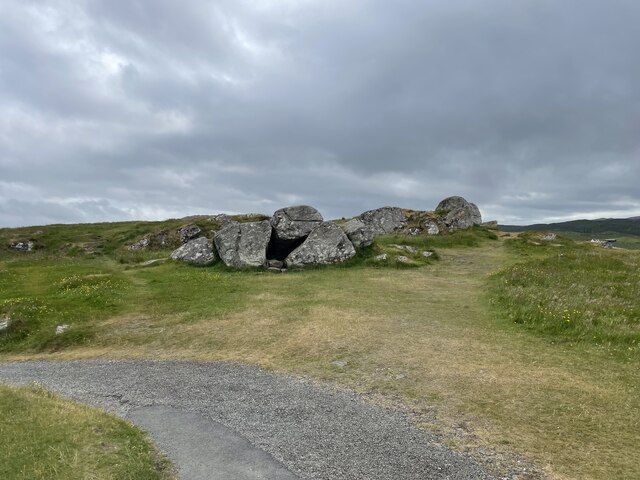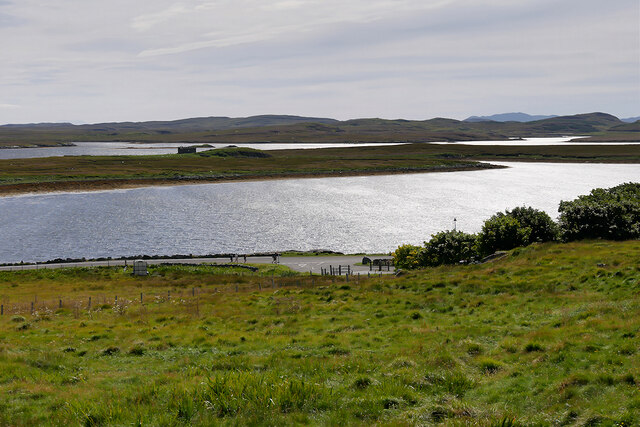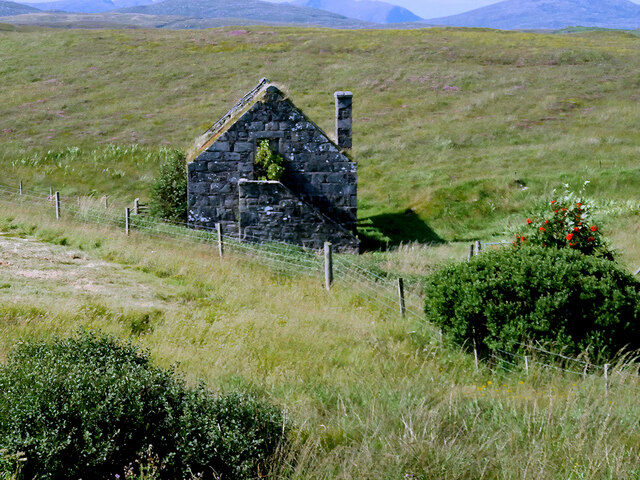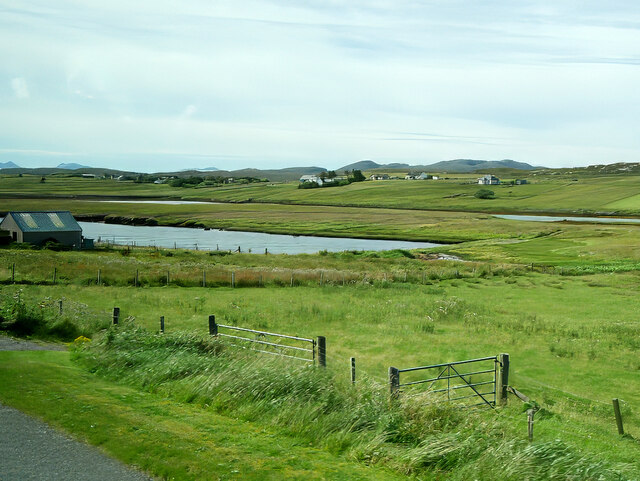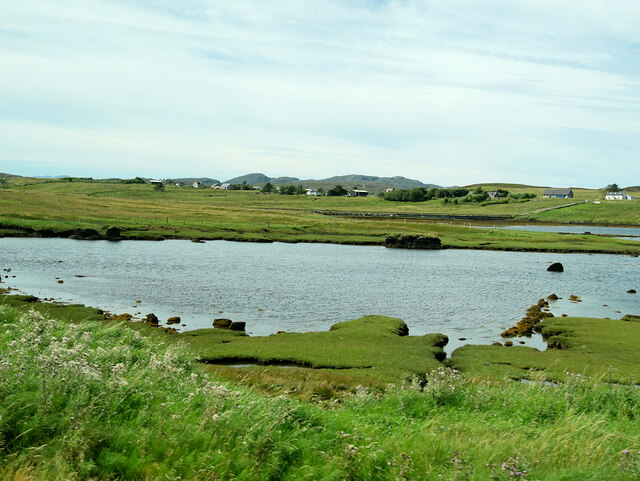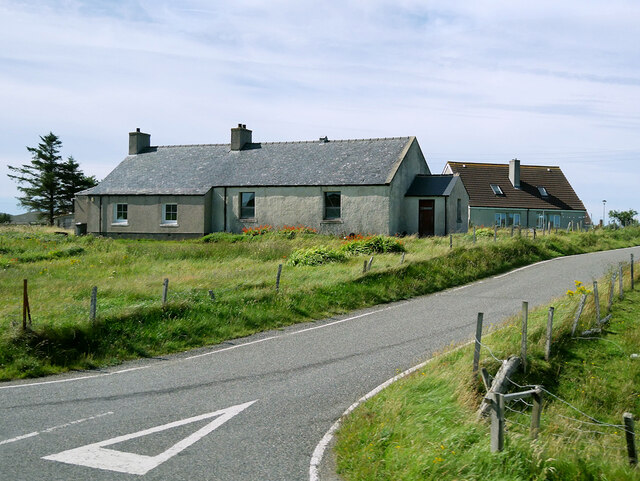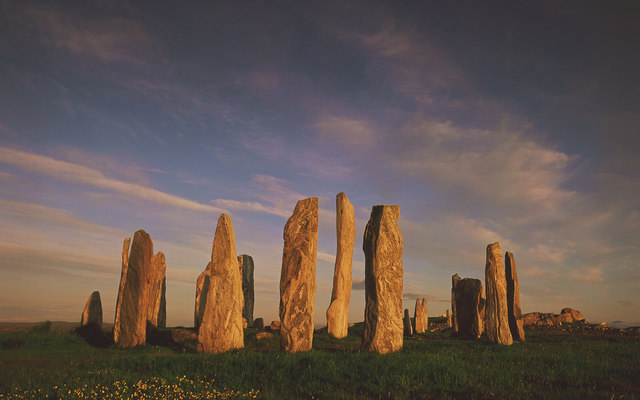Rubha an Tairbh
Coastal Feature, Headland, Point in Ross-shire
Scotland
Rubha an Tairbh
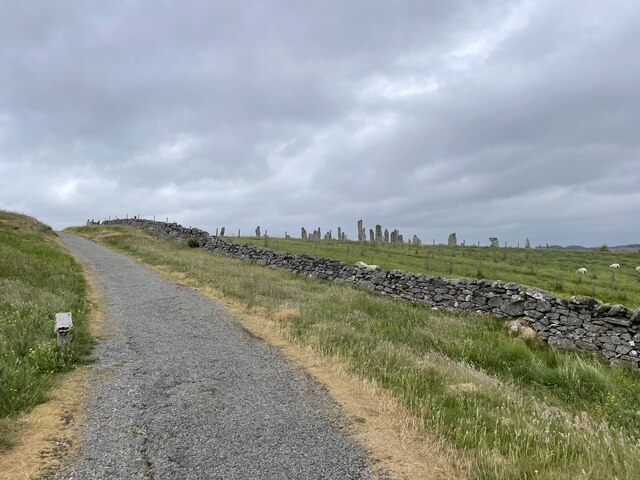
Rubha an Tairbh is a prominent headland located in Ross-shire, Scotland. Situated on the northwest coast of the Scottish Highlands, this coastal feature is known for its rugged cliffs, picturesque landscapes, and rich wildlife.
The headland extends into the North Atlantic Ocean, offering breathtaking panoramic views of the surrounding area. Its name, which translates to "Point of the Bull," is derived from the shape of the land resembling the head of a bull when viewed from a distance.
The cliffs of Rubha an Tairbh are formed from ancient rocks, showcasing a variety of geological formations. These cliffs provide nesting sites for a wide range of seabirds, including puffins, guillemots, and fulmars. Birdwatchers frequent the area to observe these magnificent creatures in their natural habitat.
The rugged terrain of Rubha an Tairbh makes it an ideal spot for outdoor activities such as hiking and photography. A well-marked trail runs along the headland, offering visitors the opportunity to explore the magnificent coastal scenery. The trail leads to a viewpoint, providing a breathtaking vista of the coastline, the open ocean, and the nearby islands.
Due to its exposed location, Rubha an Tairbh experiences strong winds and powerful waves, making it a popular spot for surfers and wind sports enthusiasts. However, caution is advised, as the conditions can become hazardous during stormy weather.
Overall, Rubha an Tairbh is a captivating coastal feature that showcases the natural beauty and diverse wildlife of the Scottish Highlands. Whether visitors come to admire the stunning views, witness the abundant birdlife, or engage in outdoor activities, this headland offers an unforgettable experience for nature lovers and adventure seekers alike.
If you have any feedback on the listing, please let us know in the comments section below.
Rubha an Tairbh Images
Images are sourced within 2km of 58.198841/-6.7588571 or Grid Reference NB2033. Thanks to Geograph Open Source API. All images are credited.

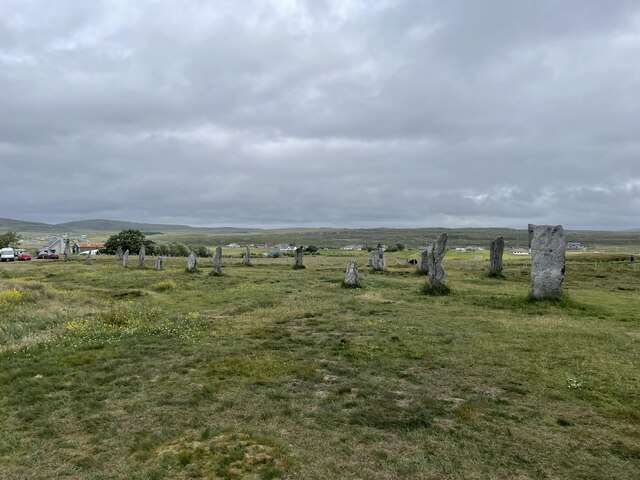
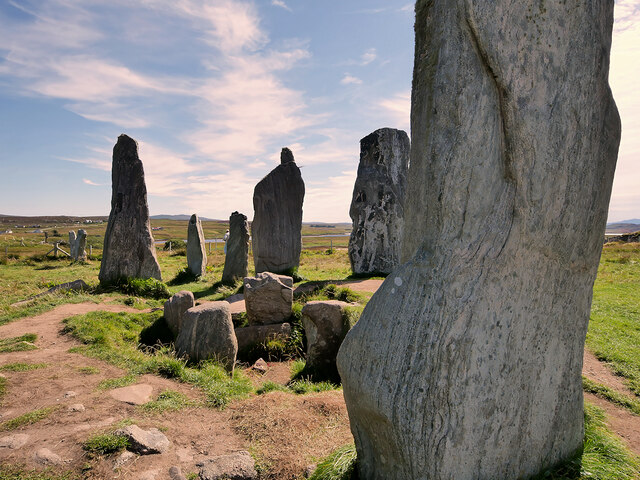
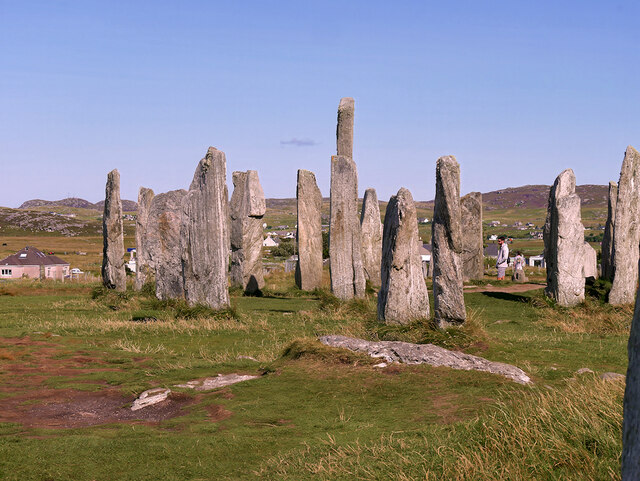
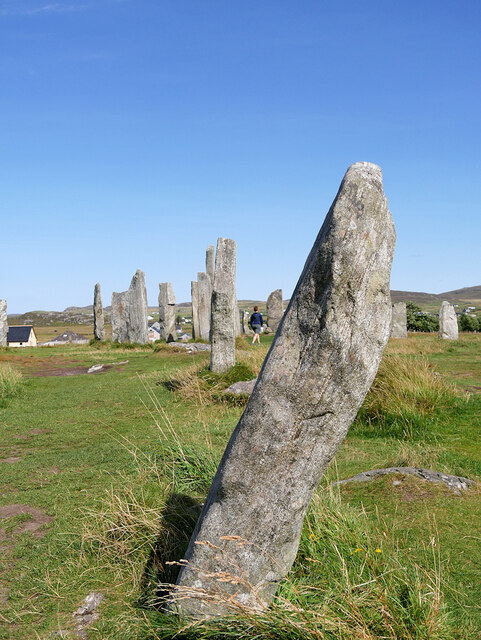
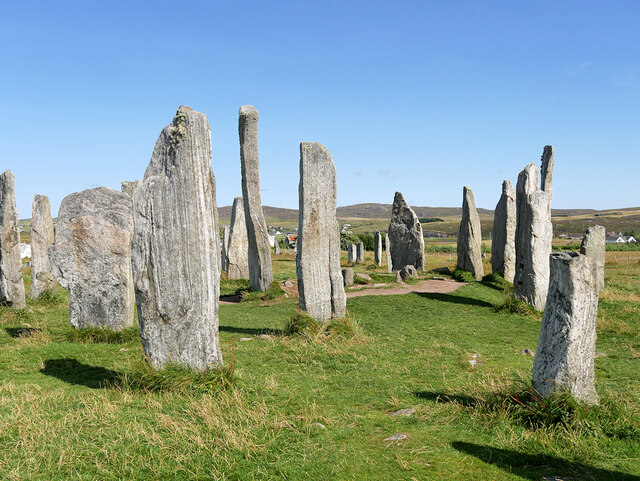
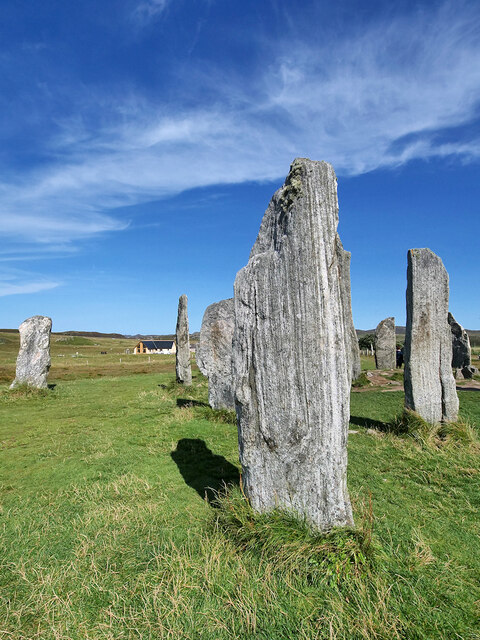
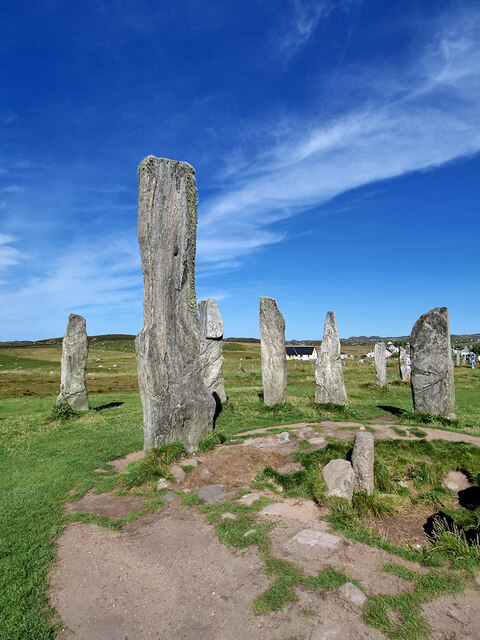
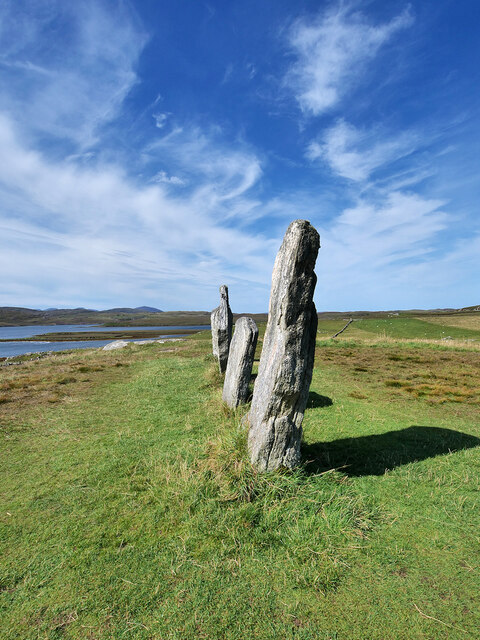
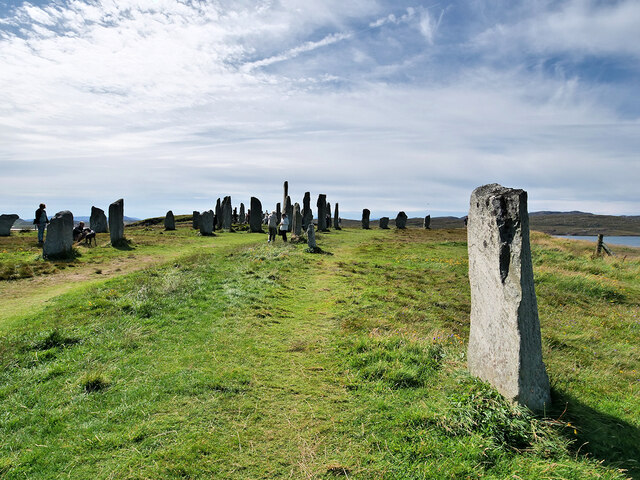
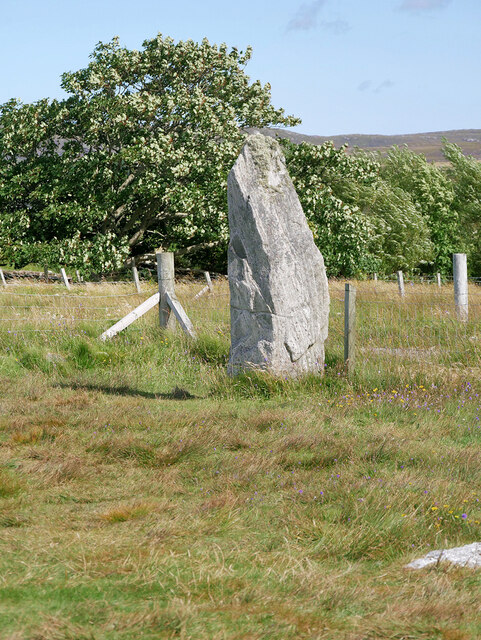
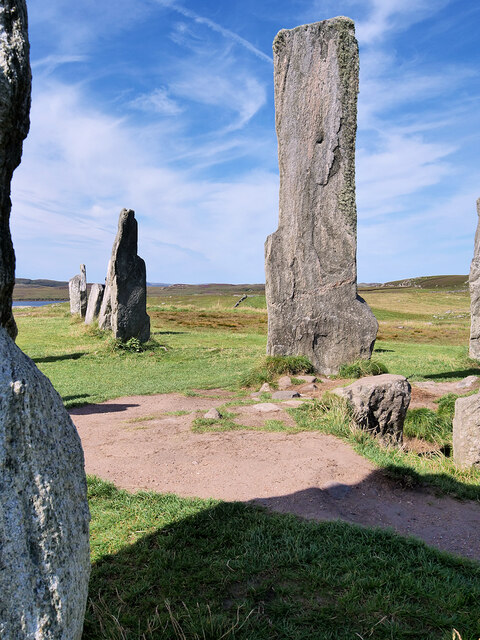
Rubha an Tairbh is located at Grid Ref: NB2033 (Lat: 58.198841, Lng: -6.7588571)
Unitary Authority: Na h-Eileanan an Iar
Police Authority: Highlands and Islands
What 3 Words
///shaped.dustbin.fats. Near Carloway, Na h-Eileanan Siar
Related Wikis
Eilean Chearstaidh
Eilean Kearstay (Scottish Gaelic: Eilean Chearstaigh) is an uninhabited island in Loch Roag in the Outer Hebrides of Scotland. It lies south east of Great...
Callanish Stones
The Callanish Stones (or "Callanish I": Scottish Gaelic: Clachan Chalanais or Tursachan Chalanais) are an arrangement of standing stones placed in a cruciform...
Callanish
Callanish (Scottish Gaelic: Calanais) is a village (township) on the west side of the Isle of Lewis, in the Outer Hebrides (Western Isles), Scotland. Callanish...
Callanish II
The Callanish II stone circle (Scottish Gaelic: Cnoc Ceann a' Gharaidh) is one of many megalithic structures around the better-known (and larger) Calanais...
Have you been to Rubha an Tairbh?
Leave your review of Rubha an Tairbh below (or comments, questions and feedback).
